Table Of Contents
- 1 Introduction
- 2 Understanding Natural Hair Breakage: Causes and Impact
- 3 Establishing a Healthy Hair Care Routine: The Foundation for Stronger Hair
- 4 Revitalize Your Hair Today
- 5 Achieve Salon-Worthy Hair
- 6 The Role of Moisture: Hydration and Nourishment for Resilient Strands
- 6.1 Quenching the Thirst: Understanding the Importance of Moisture for Hair Health
- 6.2 Moisture on Lock: Nourishing Your Strands with the Right Products
- 6.3 Don’t Make These Mistakes While Choosing Your Hair Shampoo
- 6.4 10 Reasons Why Your Natural Hair Is Not Growing
- 6.5 How Does Biotin Affect Our Hair Growth?
- 6.6 Here Are 7 Common Natural Hair Myths That Everyone Believes
- 6.7 How To Boost Low Porosity Hair: Best Tips
- 6.8 Fast and Effective Ways to Eliminate Dandruff: The Ultimate Guide
- 6.9 How to Stop Hair Breakage: Expert Tips and Tricks
- 6.10 How To Do The LOC Method For Healthy And Hydrated Hair
- 6.11 7 Steps On How To Moisturize Hair Naturally: Expert Advice
- 6.12 How To Detangle The Worst Knots?: Step By Step Guide
- 6.13 DIY Moisture Magic: Natural Remedies and Home Treatments
- 6.14 Moisture Myths Debunked: Separating Fact from Fiction
- 6.15 Hydration Hacks: Tips for Maintaining Moisture in Your Daily Hair Care Routine
- 6.15.1 Offering practical tips and tricks for keeping hair moisturized throughout the day
- 6.15.2 Sharing advice on protective styles, satin/silk accessories, and gentle hair care practices
- 6.15.3 Deep Dive: The Importance of Deep Conditioning for Maximum Moisture
- 6.15.4 Weather Woes: Adjusting Moisture Levels According to Climate
- 7 Dry and Arid Climates
- 8 Humid and Tropical Climates
- 9 Protective Styling: Balancing Style and Hair Health
- 10 Elevate Your Hair Care Routine
- 11 Gentle Handling and Detangling: Minimizing Damage during Manipulation
- 12 Effective Detangling Methods
- 13 Conclusion
Introduction
Greetings, fellow tress-tamers, and curl conquerors! Are you ready to embark on a hair-raising adventure like no other? Well, fasten your seatbelts and grab hold of your favorite detangling comb, because we’re about to dive headfirst into the wondrous world of understanding natural hair breakage and nurturing those glorious locks back to life!
In this magical post, we’ll unravel the science behind natural hair breakage, revealing its sneaky causes and the impact it has on our precious strands. From there, we’ll uncover the mystical tradeoffs in balancing factors and explore the challenges that come with maintaining healthy hair. But fret not, dear readers, for we shall equip you with the ultimate arsenal of hair care wisdom!
Prepare to be enlightened as we lay the foundation for stronger hair by establishing a robust hair care routine. We’ll cleanse our way to glory, discovering the secrets of choosing the right shampoo for your hair type and unraveling the mysteries of the perfect washing frequency. Get ready to pamper your scalp with divine massages that would make even the Greek gods jealous!
But wait, there’s more! We’ll unlock the true potential of conditioning, understanding the nourishment and hydration it brings to your hair. And who can forget the magical art of moisturizing? We’ll dive deep into the importance of hydration and share tips for keeping your strands supple and springy, like a trampoline made of silk.
Of course, we can’t overlook the enchantment of protective styling, shielding our hair from the perils of the outside world. We’ll unveil low-manipulation styles and the mystical powers of satin and silk, ensuring your hair remains intact even while you sleep.
So, my dear adventurers, get ready to embark on a hair-raising quest for knowledge and discover the secrets to maintaining a mane that would make Medusa jealous.
Understanding Natural Hair Breakage: Causes and Impact
Having healthy and resilient hair is a common goal for individuals with natural hair. However, the occurrence of hair breakage can hinder progress toward achieving luscious, strong locks. Understanding the causes and impact of natural hair breakage is essential to devising effective strategies for prevention and maintenance.
The Science Behind Natural Hair Breakage
Natural hair breakage occurs when the hair shaft becomes weak, brittle, and prone to snapping. Several factors contribute to this vulnerability, including:
Excessive Manipulation: Frequent styling, brushing, and combing can lead to mechanical stress on the hair strands, causing them to weaken and break.
Heat Damage: Frequent use of heat styling tools like flat irons and curling irons can deplete the hair’s moisture and protein, resulting in breakage.
Chemical Treatments: Overexposure to chemical treatments, such as relaxers, permanent dyes, and texturizers, can weaken the hair’s structure and make it more susceptible to breakage.
Environmental Factors: Exposure to harsh weather conditions, pollutants, and ultraviolet (UV) rays can cause hair damage and breakage.
The Tradeoffs in Balancing Factors
Managing the factors that contribute to natural hair breakage requires a delicate balance. While it may be tempting to experiment with various styles and treatments, it’s crucial to consider the tradeoffs involved:
Styling Versatility vs. Hair Health: While intricate hairstyles and frequent styling provide versatility, they can also lead to increased manipulation and potential breakage. Finding a balance between styling preferences and hair health is key.
Heat Styling vs. Heat Damage: Heat styling tools offer a quick and convenient way to achieve desired hairstyles, but excessive heat exposure can cause irreparable damage to the hair. Using heat protectors and minimizing heat usage can help mitigate this risk.
Chemical Treatments vs. Hair Integrity: Chemical treatments can alter hair texture and provide temporary styling options. However, the potential damage they inflict on the hair structure necessitates careful consideration of the long-term impact on hair health.
Challenges and Approaches
Overcoming the challenges associated with natural hair breakage requires a multi-faceted approach. Here are some strategies to consider:
Moisture and Hydration: Maintaining proper moisture balance is crucial for preventing breakage. Regular deep conditioning treatments, moisturizing leave-in products, and protective styles that retain moisture can help strengthen the hair and reduce breakage.
Protein and Strength: Incorporating protein treatments, such as protein-rich conditioners or treatments containing hydrolyzed proteins, can help fortify the hair shaft and enhance its resilience.
Protective Styling: Utilizing protective styles, such as braids, twists, and updos, can minimize manipulation and exposure to damaging elements, reducing breakage risk.
Gentle Hair Handling: Adopting gentle hair handling practices, such as detangling with care using wide-toothed combs or fingers, can minimize breakage during styling and maintenance routines.
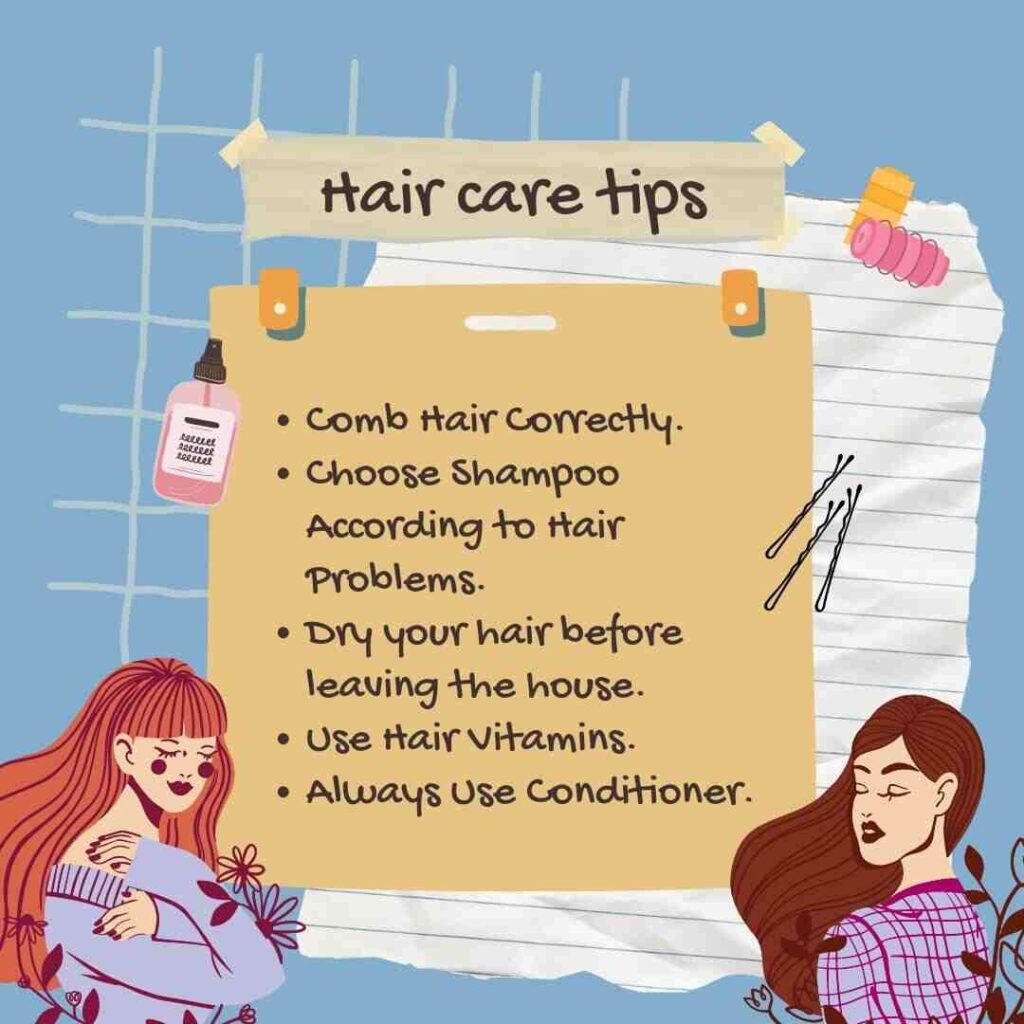
Establishing a Healthy Hair Care Routine: The Foundation for Stronger Hair
Having strong and vibrant hair is a desire shared by many individuals. Establishing a healthy hair care routine is the key to achieving and maintaining the hair of your dreams. By implementing a comprehensive regimen, you can address common hair concerns, prevent damage, and promote overall hair health.
Cleansing: The First Step to Healthy Hair
The journey to healthy hair begins with proper cleansing. Understanding the importance of choosing the right shampoo for your hair type, finding the optimal washing frequency, and incorporating scalp massages can greatly impact the overall health and vitality of your locks. Discover the Top 7 Best Foods for Rich Hair and Nourish Your Locks from Within.
Choosing the right shampoo for your hair type
To begin your cleansing routine on the right foot, it’s crucial to choose a shampoo that suits your hair type and addresses its specific needs. Here are some essential tips:
Understanding Your Hair Type: Different hair types require different care. Whether you have straight, wavy, curly, or oily hair, understanding your hair’s unique characteristics will help you select the most suitable shampoo.
Reading Labels and Ingredients: To make an informed choice, pay attention to the shampoo’s labels and ingredients. Look for nourishing ingredients like natural oils, plant extracts, and proteins. Avoid sulfates, parabens, and silicones, which can strip the hair of its natural moisture.
Tailoring Formulations to Your Hair Type: Lightweight, volumizing shampoos are ideal for fine hair, while moisturizing, sulfate-free options work wonders for dry or damaged hair. Consider using clarifying shampoos occasionally to remove product buildup and restore freshness.
Frequency of washing and its impact on hair health
Determining how often to wash your hair is a crucial factor in maintaining its health and balance. Here’s what you need to know:
Understanding Your Hair’s Needs: Take into account factors such as oiliness, sweat production, exposure to pollutants, and the use of styling products when deciding how frequently to wash your hair. Striking the right balance is essential to avoid excessive dryness or oiliness.
Washing Frequency for Different Hair Types: Oily hair types may benefit from daily washing to control excess sebum. Normal to dry hair types can typically go a few days between washes to retain natural oils and moisture. Experiment to find the frequency that works best for you.
Scalp massage for improved circulation and scalp health
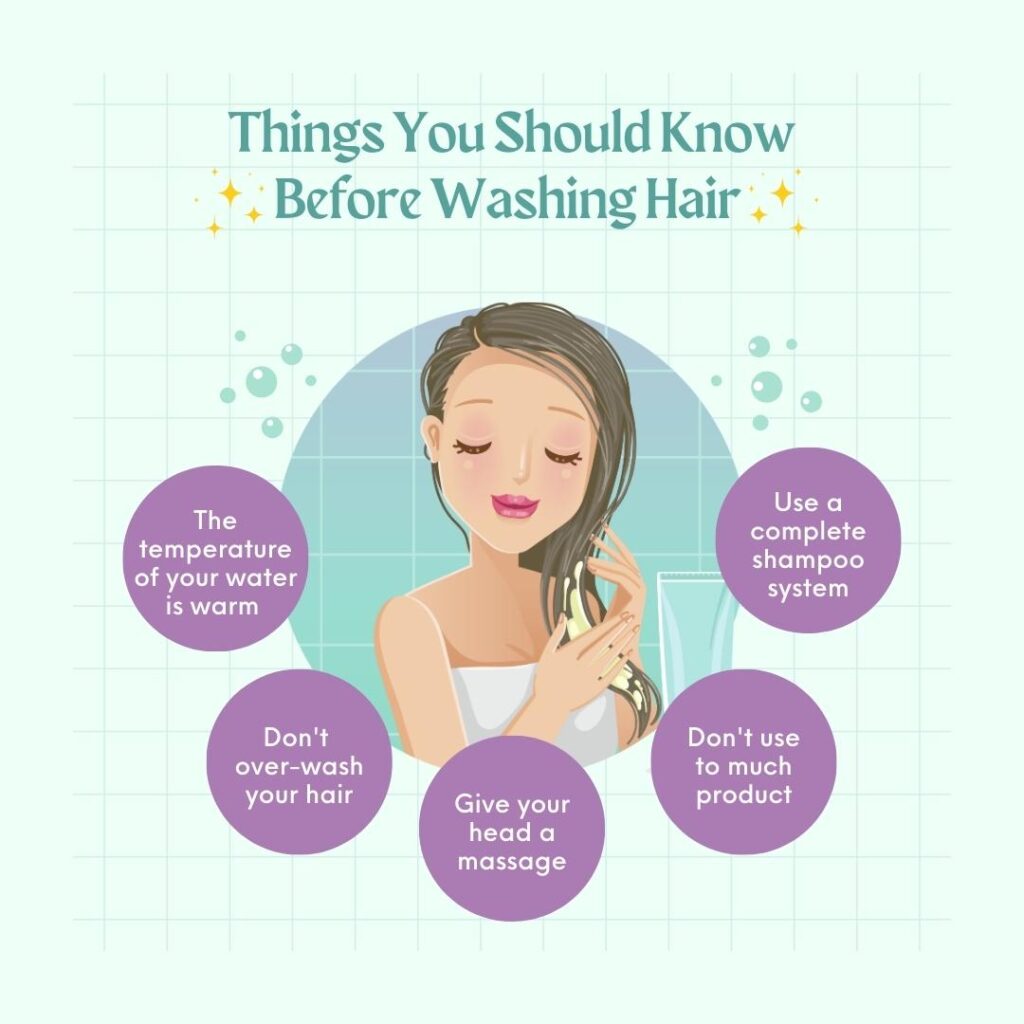
Incorporating scalp massages into your cleansing routine can provide multiple benefits for your hair’s health and overall well-being. Consider the following:
Boosting Circulation: Gentle scalp massages increase blood flow, delivering vital nutrients to the hair follicles and promoting healthy hair growth. This technique can also help relieve stress and tension, improving your overall hair and scalp condition.
Stimulating Sebum Production: Massaging the scalp can help distribute natural oils evenly, preventing dryness and promoting a healthy scalp environment. It can also alleviate dandruff and itchiness caused by an imbalanced sebum production.
Technique and Tools: Use your fingertips to massage the scalp in circular motions, applying gentle pressure. You may also use a scalp massage brush or a wide-tooth comb for added stimulation and relaxation.
Conditioning: Nourishment and Hydration for Your Hair
Conditioning plays a crucial role in maintaining the health, moisture, and overall vitality of our hair. By understanding the significance of deep conditioning treatments and the benefits of leave-in conditioners, we can provide our locks with the nourishment and hydration they need.
The role of deep conditioning in restoring moisture and repairing damage
Deep conditioning treatments go beyond regular conditioning and provide intensive moisture and repair benefits. Here’s why they are essential for your hair:
Moisture Restoration: Environmental factors, heat styling, and chemical treatments can strip our hair of its natural moisture, leading to dryness, frizz, and breakage. Deep conditioning treatments help replenish and retain moisture, leaving our hair soft, supple, and more manageable.
Damage Repair: Our hair can undergo various forms of damage, such as heat damage, chemical damage, and mechanical damage from styling practices. Deep conditioning treatments contain nourishing ingredients that penetrate the hair shaft, repairing damage and restoring strength and elasticity.
Enhanced Hair Texture: Deep conditioning can improve the texture of our hair, making it smoother, shinier, moisturized, and more resilient. It helps reduce frizz, tame flyaways, and promote a healthier appearance overall.
Using leave-in conditioners for added hydration and protection
Leave-in conditioners are an excellent addition to any hair care routine, providing continuous hydration and protection throughout the day. Consider the following benefits:
Extra Hydration: Leave-in conditioners are lightweight formulations designed to be left in the hair without rinsing. They provide an additional layer of hydration, locking in moisture and preventing dryness, especially for those with dry or damaged hair.
Improved Detangling: Leave-in conditioners make detangling a breeze by providing slip and reducing friction between strands. This helps minimize breakage and damage during the detangling process, resulting in smoother, more manageable hair.
Heat Protection: Many leave-in conditioners offer heat protection, acting as a barrier between your hair and heat-styling tools. This helps minimize damage caused by high temperatures and promotes healthier hair in the long run.
UV and Environmental Protection: Leave-in conditioners can also offer protection against harmful UV rays and environmental pollutants, shielding your hair from potential damage and color fading.
Moisturizing: Hydration, the Key to Strong and Healthy Hair
Moisture is the foundation of strong and healthy hair. It plays a vital role in preventing breakage, maintaining elasticity, and enhancing the overall appearance of our locks.
Importance of moisture for preventing breakage and maintaining elasticity
Moisture is the lifeblood of our hair, and its presence or absence directly affects its strength and resilience. Here’s why moisture is crucial for your hair:
Preventing Breakage: Dry hair is prone to breakage and split ends. When our hair lacks moisture, it becomes brittle and fragile, making it more susceptible to damage caused by styling, manipulation, and environmental factors. Adequate moisture helps fortify the hair strands, reducing breakage and promoting healthier, longer hair.
Maintaining Elasticity: Elasticity refers to the hair’s ability to stretch and bounce back without snapping or breaking. Well-moisturized hair exhibits excellent elasticity, allowing it to withstand styling techniques such as heat styling or tight updos without incurring damage. Moisture helps maintain the hair’s natural flexibility, preventing it from becoming rigid and prone to breakage.
Revitalize Your Hair Today
Experience the ultimate hair care with our premium Shampoo and Conditioner duo!
Water-based moisturizers and the L.O.C. method
When it comes to moisturizing, using water-based products and following the L.O.C. (Liquid, Oil, Cream) method can work wonders for your hair. Here’s how these techniques promote optimal hydration:
Water-Based Moisturizers: Water is the ultimate moisturizer for our hair. Look for products that list water as one of the primary ingredients, such as leave-in conditioners or hydrating sprays. These formulations penetrate the hair shaft, replenishing moisture and improving its overall health and appearance.
The L.O.C. Method: The L.O.C. method is a three-step technique for sealing in moisture. It involves applying a liquid (water or water-based moisturizer) as the first layer to hydrate the hair, followed by an oil to seal in the moisture, and finally, a cream or butter-based product to further lock in the hydration. This method ensures that moisture is retained in the hair for longer periods, keeping it nourished and protected. Also, read this Detailed Step-by-Step Guide to Nourishing and Protecting Your Hair with the L.O.C. Method.
Regular moisturizing and focusing on the ends of the hair
Consistency is key when it comes to maintaining well-hydrated hair. Additionally, paying special attention to the ends of your hair is crucial, as they are the oldest and most vulnerable part of your strands. Consider the following tips:
Daily or Regular Moisturizing: Depending on your hair type and needs, aim to moisturize your hair at least once a day or every other day. This can be in the form of spritzing with water or a water-based moisturizer. Consistency in moisturizing helps replenish lost moisture and keeps your hair in its healthiest state.
Sealing the Ends: The ends of our hair are more susceptible to dryness and breakage. When applying moisturizers or sealants, pay extra attention to these areas. Consider using oils or creams specifically formulated for sealing and protecting the ends of your hair. Wave Goodbye to Dryness and Hello to Luscious, Hydrated Locks! Everything you need to know about Moisturizing Natural Hair is here.
Protective Styling: Shielding Your Hair from Damage
Protective styling is a game-changer when it comes to maintaining healthy, strong, and vibrant hair. By minimizing manipulation, reducing friction, and providing added protection, these hairstyles create a shield that helps preserve your hair’s integrity. From low-manipulation styles to nighttime protection and finding the right balance, let’s embark on the journey of shielding your hair from damage and unlocking its full potential!
Low-manipulation styles to minimize friction and tension
One of the primary goals of protective styling is to minimize the amount of manipulation your hair undergoes, which in turn reduces the risk of damage. Here are some low-manipulation styles to consider:
Braids and Twists: Braids and twists are versatile and popular protective styles. They involve weaving or twisting sections of hair together, providing a shield against environmental factors and reducing the need for constant styling. Choose a size and length that suits your preferences and ensure that the style is not too tight to avoid tension on the hairline.
Buns and Updos: Buns and updos are classic protective styles that keep your hair neatly tucked away. Whether it’s a sleek top knot or a loose, messy bun, these styles help prevent breakage, limit exposure to the elements, and maintain moisture within the hair strands. Use gentle hair ties or scrunchies to avoid unnecessary tension.

Nighttime protection with satin or silk scarves/pillowcases
Protecting your hair while you sleep is just as important as daytime care. Friction between your hair and cotton pillowcases can lead to tangles, breakage, and moisture loss. Consider these nighttime protection techniques:
Satin or Silk Scarves: Wrapping your hair in a satin or silk scarf before bed helps preserve moisture, reduce friction, and prevent tangles. This method keeps your hair in place and protects it from rubbing against rough surfaces.
Satin or Silk Pillowcases: If wearing a scarf isn’t your preference, opt for satin or silk pillowcases. These smooth fabrics minimize friction, allowing your hair to glide effortlessly while you sleep. Satin or silk also helps retain moisture, reducing the risk of dryness and breakage.
Balancing protective styling with hair health and styling preferences
While protective styling offers numerous benefits, it’s essential to strike a balance that aligns with your hair health and personal style preferences. Consider the following factors:
Scalp Health: Protective styles should not compromise the health of your scalp. Ensure that your scalp is clean, moisturized, and free from product buildup before installing any protective style. Regularly cleanse your scalp to maintain its health and avoid issues like dandruff or dryness.
Hair Hydration: Protective styles can sometimes limit access to your hair, making it challenging to moisturize effectively. Prioritize maintaining moisture levels by using a water-based moisturizer and sealing with oils or creams as needed. Focus on the exposed parts of your hair, such as the hairline and ends.
Duration of Styling: While protective styles can be left in for several weeks, it’s important not to keep them in for too long. Leaving a style in for an extended period can lead to matting, buildup, or even hair breakage. Strike a balance between enjoying the longevity of the style and ensuring your hair remains healthy.
Regular Trimming: The Key to Healthy Ends
Maintaining healthy ends is essential for achieving and maintaining luscious, vibrant hair. Regular trimming is a crucial aspect of hair care that often goes overlooked. By understanding the importance of trimming, the prevention of split ends and breakage, and choosing the right trimming schedule based on your hair‘s needs, you can ensure the overall health and vitality of your locks.
Understanding the importance of trimming for hair health
Trimming is not just about achieving a specific hairstyle or getting rid of split ends. It plays a vital role in the overall health of your hair. Here’s why trimming is important:
Split End Prevention: Split ends occur when the protective outer layer of the hair, known as the cuticle, becomes damaged and starts to fray. Once split ends form, they tend to travel up the hair shaft, leading to further breakage and damage. Regular trimming helps prevent split ends from worsening and safeguards the overall health of your hair.
Damage Elimination: Our hair is exposed to various forms of damage, including heat styling, chemical treatments, and environmental factors. These factors can weaken the hair and result in breakage or thinning. Trimming helps remove damaged ends, allowing new, healthier hair to grow in its place.
Achieve Salon-Worthy Hair
Discover our range of professional Hair Care Tools
How often do trims prevent split ends and breakage?
To maintain healthy ends, it’s crucial to incorporate regular trims into your hair care routine. Here’s how frequent trims can prevent split ends and breakage:
Split End Removal: Trimming your hair on a regular basis allows you to remove split ends before they worsen. By cutting off the damaged ends, you create a healthier foundation for your hair to grow and flourish.
Breakage Prevention: When split ends are left untreated, they can lead to hair breakage. Fragile ends are more susceptible to damage caused by styling, brushing, and manipulation. Regular trims help eliminate weak, damaged hair, reducing the risk of breakage and preserving the length and thickness of your hair.
Choosing the right trimming schedule based on your hair’s needs
Determining the ideal trimming schedule depends on several factors, including your hair’s texture, length, and overall condition. Consider the following guidelines when deciding how often to trim your hair:
Hair Texture: Coarser hair textures tend to be more resilient and can go longer between trims, typically requiring a trim every 10 to 12 weeks. Finer hair, on the other hand, may benefit from more frequent trims, ranging from every 6 to 8 weeks.
Length Goals: If you’re actively growing out your hair, you may be hesitant to trim it regularly. However, keep in mind that consistent trimming promotes healthier growth in the long run. Trimming every 8 to 12 weeks can help prevent split ends and breakage while allowing your hair to grow steadily.
Overall Condition: If your hair is prone to damage, breakage, or split ends, more frequent trims may be necessary. Assess the condition of your hair and prioritize its health over length. Trimming every 6 to 8 weeks can help combat damage and maintain optimal hair health.
Choosing the Right Products: Making Informed Decisions
Choosing the right hair care products is crucial for maintaining healthy, luscious locks and preventing hair breakage. With countless options available in the market, it can be overwhelming to find products that suit your specific needs.
The impact of product choice on hair health and breakage prevention
Your choice of hair care products can significantly impact the health of your hair and its susceptibility to breakage. Here’s why selecting the right products is crucial:
Nourishment and Hydration: High-quality products that are formulated with nourishing ingredients can provide essential moisture and hydration to your hair, helping to prevent dryness, brittleness, and breakage. Opt for products that contain natural oils, plant extracts, and humectants that promote hair health.
Damage Prevention: Certain products are designed to protect your hair from external damage caused by heat styling, environmental factors, and chemical treatments. These products create a barrier that shields your hair from potential harm, reducing the risk of breakage and maintaining its strength and integrity.
Factors to consider when selecting shampoos, conditioners, and styling products
Choosing the right shampoos, conditioners, and styling products is essential for maintaining healthy and resilient hair. Consider the following factors during the selection process:
Hair Type and Specific Needs: Different hair types have unique requirements. Determine your hair type—whether it’s straight, wavy, curly, or coily—and choose products tailored to its specific needs. Look for formulations that address concerns such as frizz control, moisture retention, or color protection.
Ingredients and Formulations: Pay attention to the ingredients list on product labels. Avoid products that contain harsh chemicals, sulfates, parabens, and alcohol, as these can strip the hair of its natural oils and cause dryness and breakage. Instead, opt for products with natural and nourishing ingredients like aloe vera, shea butter, and essential oils.
pH Balance: The pH level of a product can greatly impact the health of your hair. Ideally, choose products that have a pH level close to that of your hair (around pH 4.5-5.5). This helps maintain the hair’s natural acidity, promoting smoothness, shine, and overall hair health.
Reading labels and avoiding harsh chemicals
Reading product labels is essential for making informed decisions about the products you use on your hair. Here are some tips to consider:
Look for key ingredients: Familiarize yourself with beneficial ingredients that promote hair health, such as keratin, biotin, silk amino acids, and natural oils. These ingredients can nourish, strengthen, and protect your hair.
Avoid harsh chemicals: Harsh chemicals like sulfates, parabens, and silicones can strip the hair of its natural oils, leading to dryness, brittleness, and breakage. Opt for sulfate-free and silicone-free products, as well as those labeled “paraben-free” or “natural.”
Seek certifications: Look for products that carry certifications such as cruelty-free, organic, or vegan. These certifications ensure that the products meet specific standards and are formulated with care and sustainability in mind.
The Role of Moisture: Hydration and Nourishment for Resilient Strands
Quenching the Thirst: Understanding the Importance of Moisture for Hair Health
Have you ever wondered why your locks lack luster or suffer from dryness and breakage? The answer lies in the power of moisture. Let us delve deep into the vital role that moisture plays in maintaining healthy hair and explore the incredible benefits that hydration brings to your locks.
Exploring the vital role of moisture in maintaining healthy hair
Moisture is not just a luxury; it is a necessity for your hair’s overall health and well-being. By understanding the essential role of moisture, you can unlock the secret to lustrous, resilient hair that turns heads wherever you go.
The Hair’s Structure and Moisture
To comprehend the importance of moisture, we must first explore the structure of our hair. Each strand is composed of three layers: the cuticle, cortex, and medulla. The cuticle acts as a protective barrier, and when it is adequately hydrated, it lays flat, sealing in moisture and preventing damage.
Maintaining a Moisture Balance
Achieving a moisture balance is crucial for healthy hair. When your hair lacks moisture, it becomes dry, brittle, and prone to breakage. On the other hand, over-moisturizing can lead to limp, weighed-down locks. By maintaining an optimal moisture balance, you can keep your hair healthy and resilient.
Consequences of Moisture Imbalance
When moisture is stripped from your hair, it loses its natural luster and becomes vulnerable to damage. Dryness and brittleness set in, leading to split ends, frizz, and a lackluster appearance. By understanding the consequences of moisture imbalance, you can take the necessary steps to restore and maintain optimal hydration levels.
Moisture as a Natural Lubricant
One of the remarkable benefits of moisture is its ability to act as a natural lubricant. When your hair is properly hydrated, the strands glide smoothly against each other, reducing friction and minimizing breakage. This is especially important for those with curly or coily hair, which is more prone to tangling and breakage.
Discussing the benefits of hydration for hair elasticity and strength
Hydration goes beyond surface-level aesthetics; it has a profound impact on the strength and elasticity of your hair. By ensuring your hair is adequately hydrated, you can enjoy locks that are resilient, flexible, and full of life.
Hair Elasticity: The Key to Resilience
Hydration is closely linked to hair elasticity, which refers to its ability to stretch and return to its original shape without breaking. Well-hydrated hair has optimal elasticity, meaning it can withstand daily styling, heat, and environmental stressors without becoming brittle or prone to damage.
Strength and Resistance to Breakage
Hydration plays a pivotal role in strengthening your hair from within. When each strand is adequately moisturized, it becomes stronger and more resistant to breakage. This is particularly important for individuals with chemically treated or heat-damaged hair, as these processes can compromise the hair’s structural integrity.
Enhanced Manageability and Styling Versatility
Hydrated hair is easier to manage and style. It is more pliable, allowing for smoother detangling, reduced frizz, and increased styling versatility. Whether you prefer sleek and straight styles or bouncy curls, hydration is the key to achieving the desired results with ease.
Protection against Environmental Factors
Our hair is constantly exposed to external elements that can strip away moisture and cause damage. By keeping your hair well-hydrated, you create a protective barrier against these environmental factors, such as harsh UV rays, pollutants, and extreme weather conditions.
Moisture on Lock: Nourishing Your Strands with the Right Products
Welcome to the world of luscious, hydrated hair! If you’ve ever struggled with dryness, frizz, or lackluster locks, the secret lies in choosing the right hair care products. Let us delve deep into the significance of moisture-rich products and explore the nourishing ingredients and formulations that can provide optimal hydration for your strands. Get ready to unlock the potential of your hair with moisture on lock!
Highlighting the significance of choosing moisture-rich hair care products
When it comes to achieving and maintaining hydrated hair, selecting the right products is paramount. Let’s explore why moisture-rich hair care products are essential for your hair’s health and overall appearance.
Hydration as a Foundation
Moisture serves as the foundation for healthy hair. Choosing hair care products that are specifically formulated to provide intense hydration helps replenish moisture levels, restore elasticity, and combat dryness. This is particularly important for those with naturally dry, damaged, or chemically treated hair.
Preventing Breakage and Damage
Dry, brittle hair is more prone to breakage and damage. Moisture-rich products work to strengthen and fortify your strands, reducing the risk of split ends, breakage, and frayed cuticles. By infusing your hair with essential hydration, you create a protective barrier against external stressors that can lead to hair damage.
Enhancing Manageability and Styling
Well-hydrated hair is easier to manage and style. Moisture-rich products help to tame frizz, reduce static, and improve overall hair texture. With enhanced manageability, you can effortlessly achieve your desired hairstyles, whether it’s smooth and sleek or voluminous and curly.
Long-Term Hair Health
Consistently using moisture-rich products promotes long-term hair health. By nourishing your strands with the hydration they need, you help maintain the integrity of the hair shaft, prevent excessive moisture loss, and minimize the impact of environmental factors. This paves the way for stronger, healthier hair that can withstand daily styling and external aggressors.
Recommending nourishing ingredients and product formulations for optimal hydration
Now that we understand the importance of moisture-rich products, let’s explore the key ingredients and formulations that provide optimal hydration and nourishment for your strands.
Hyaluronic Acid
Hyaluronic acid is a powerful ingredient known for its ability to attract and retain moisture. It penetrates the hair shaft, delivering hydration deep within, and helps to create a moisture barrier on the surface of the hair. Look for shampoos, conditioners, and leave-in treatments that contain hyaluronic acid for maximum hydration.
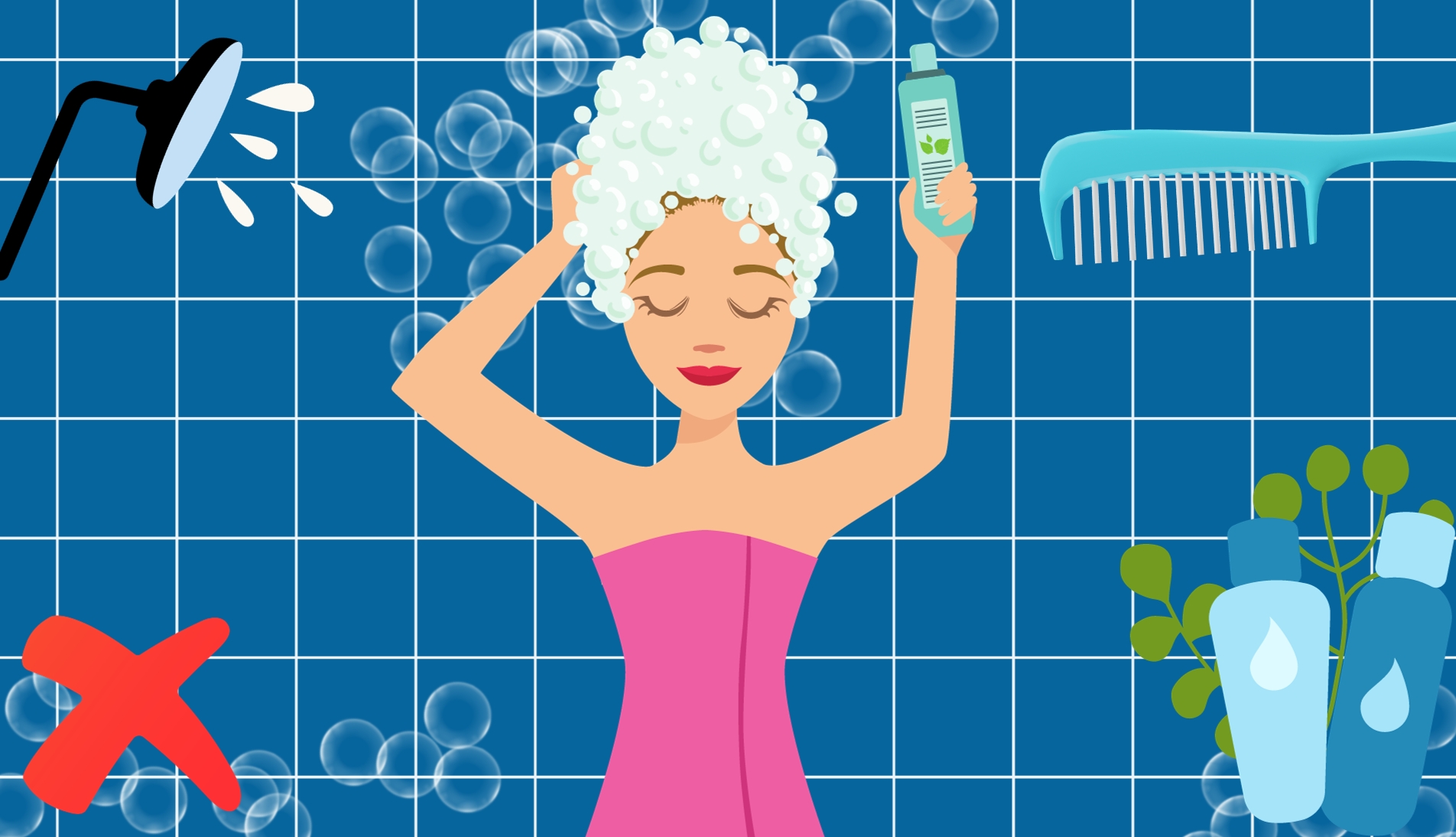

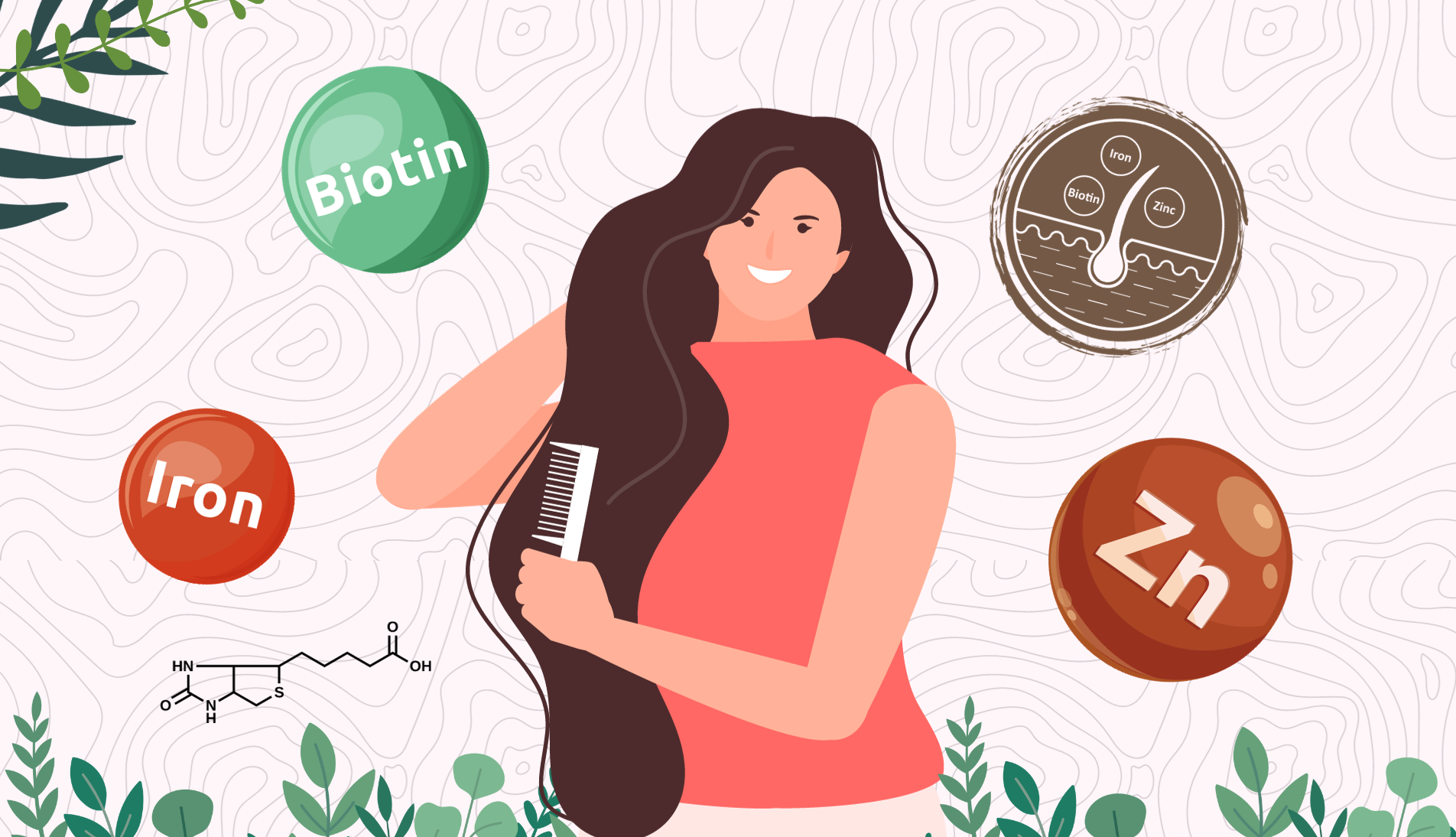
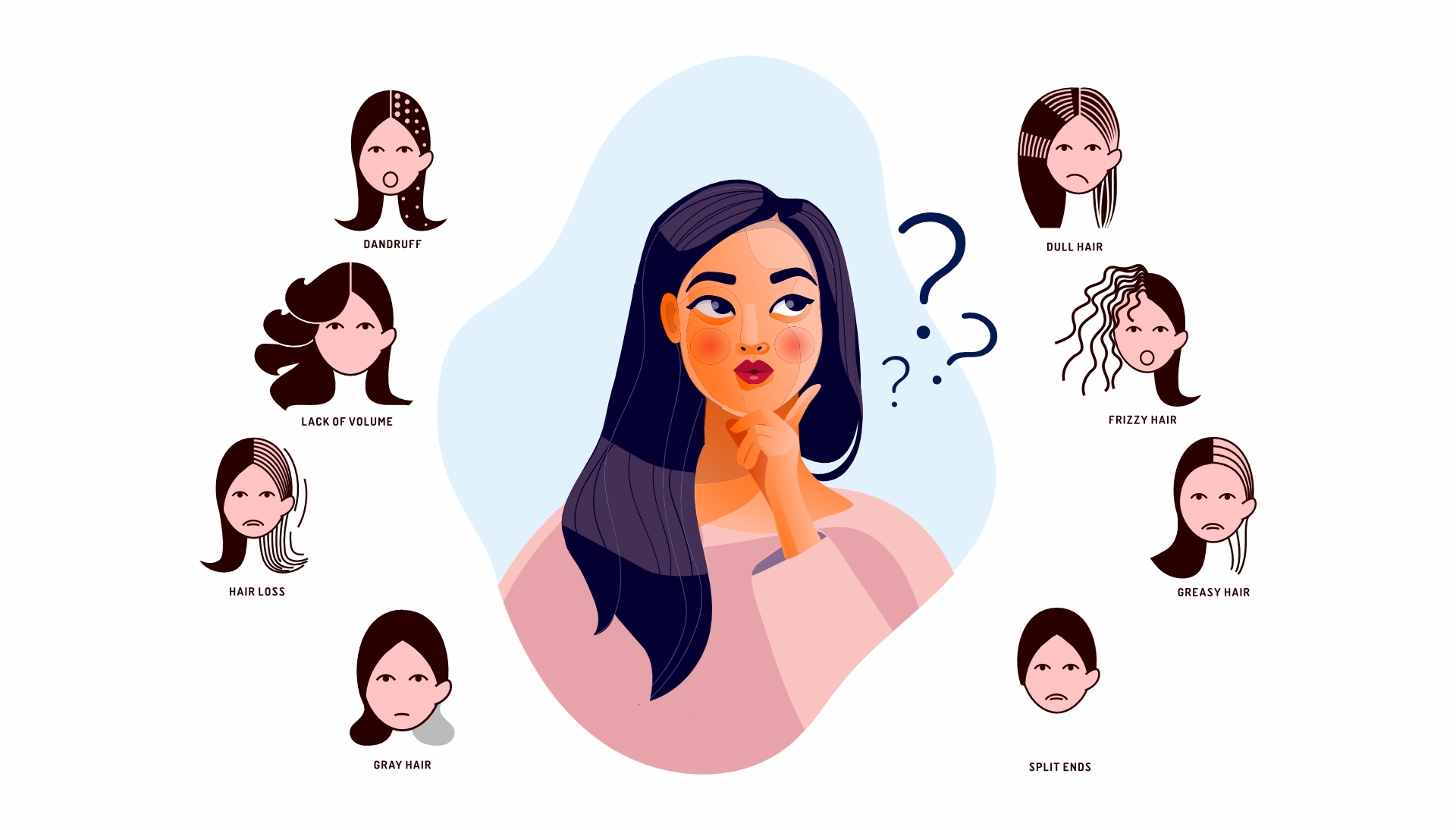
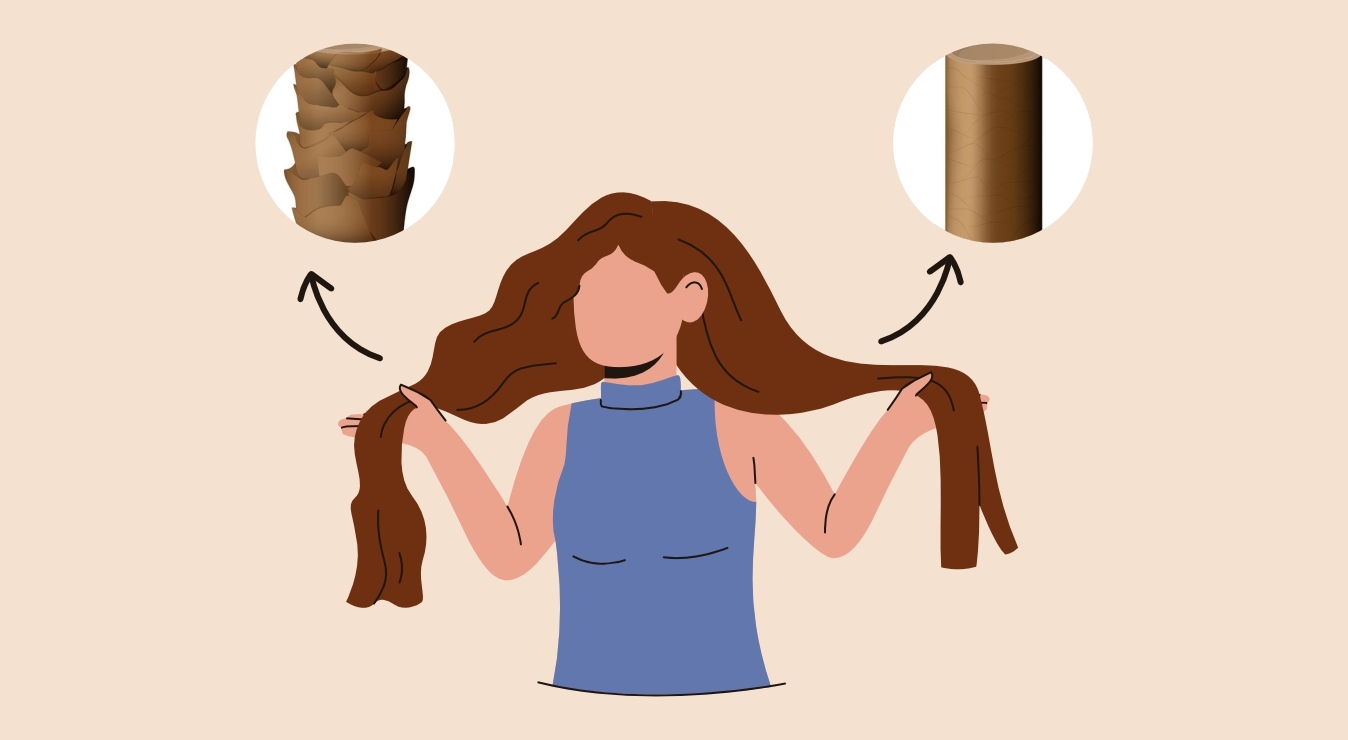
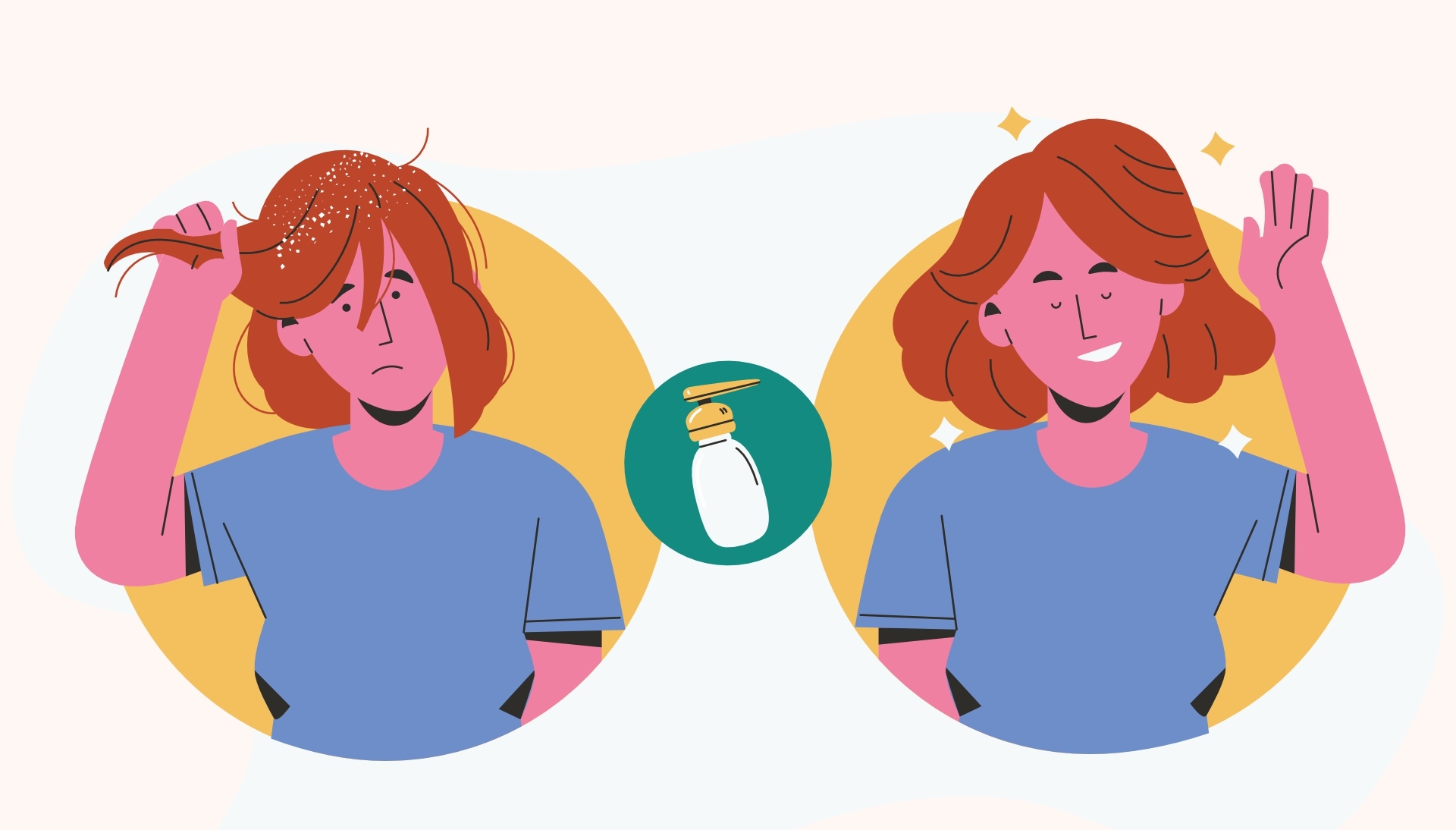
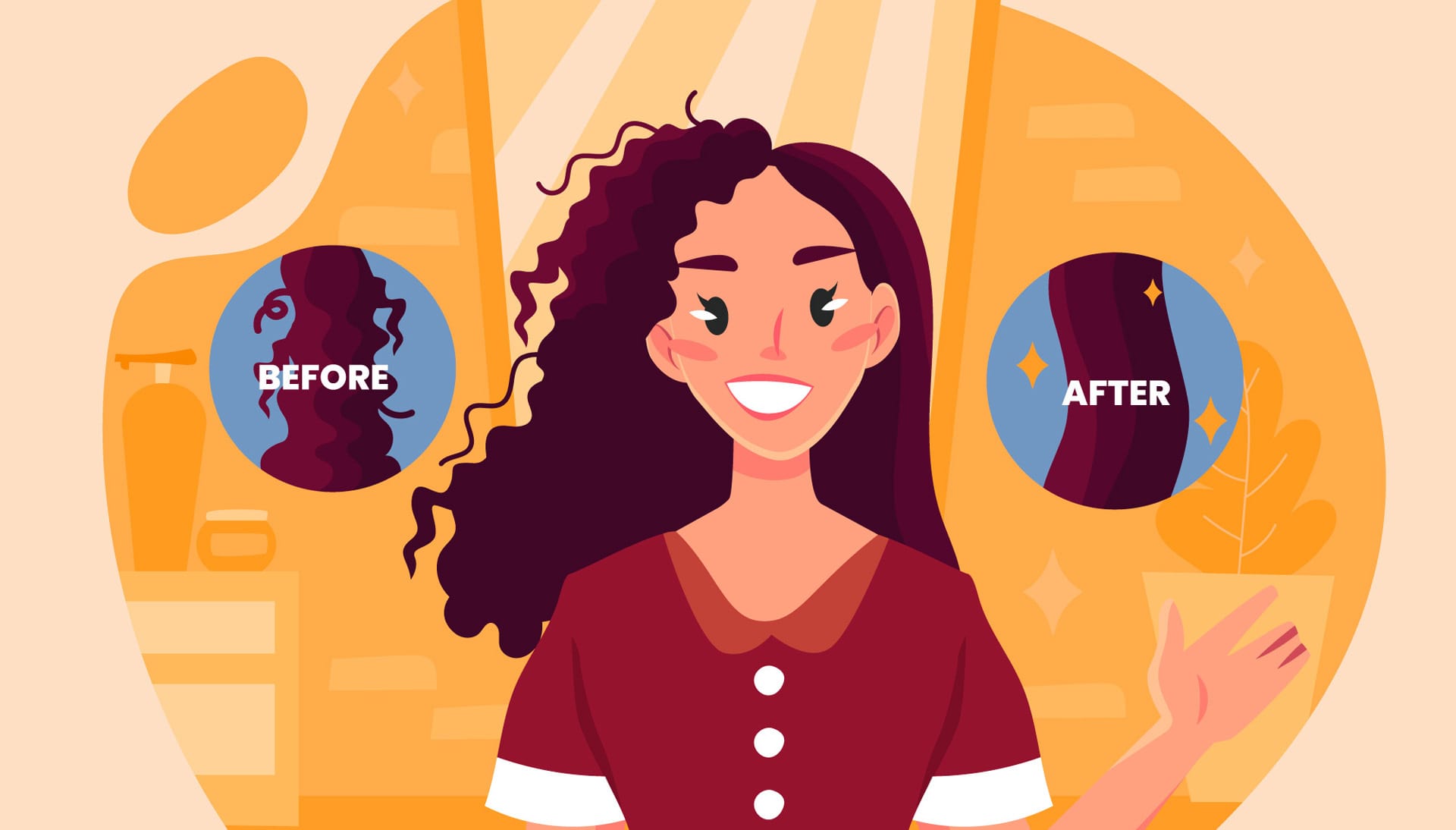
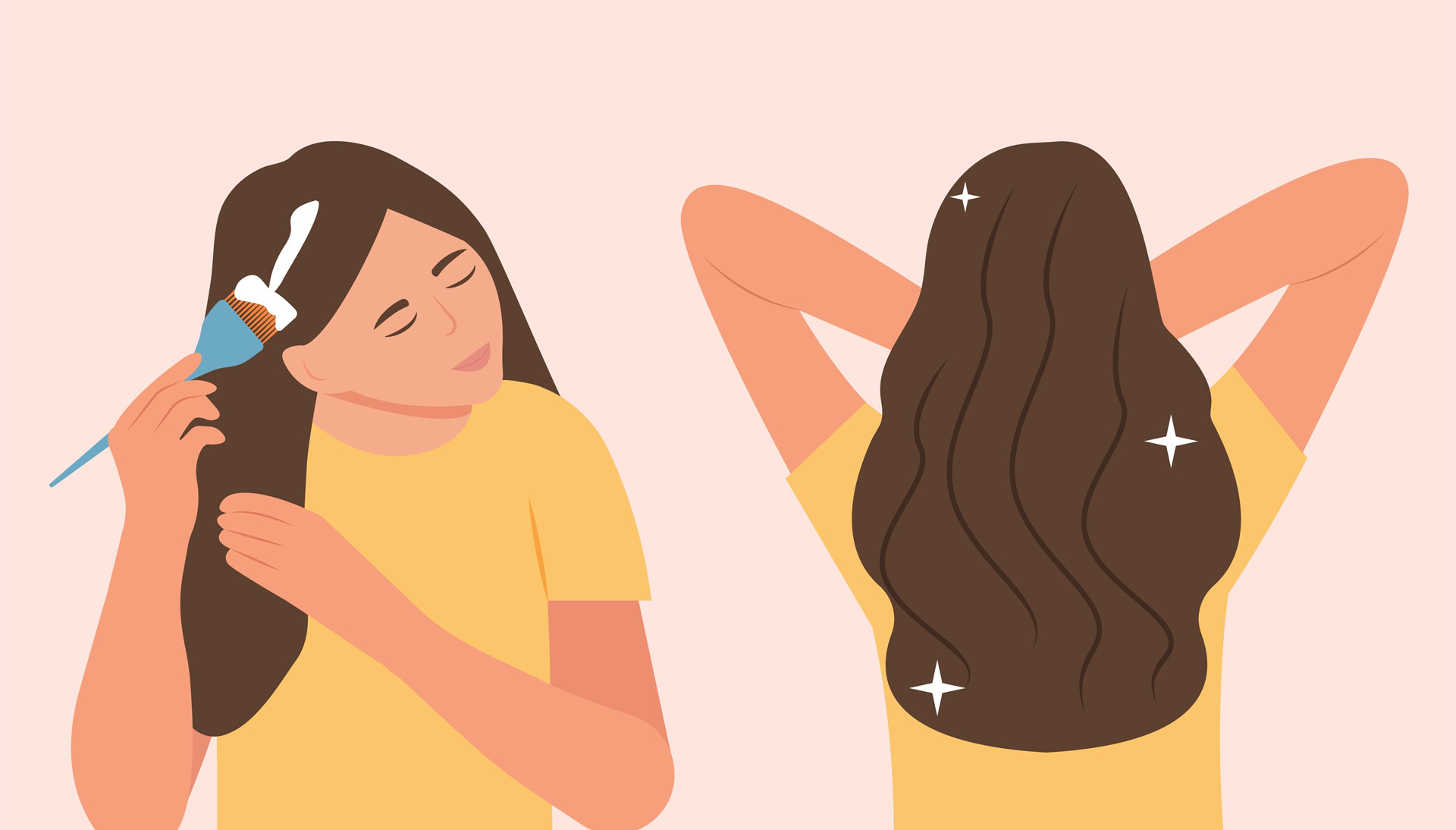


Coconut Oil
Coconut oil is a versatile ingredient that offers intense hydration and nourishment. Rich in fatty acids, it helps to seal moisture into the hair, preventing dryness and breakage. Look for products infused with coconut oil or use pure coconut oil as a deep conditioning treatment to provide your strands with a hydrating boost.
Shea Butter
Shea butter is a natural emollient that deeply moisturizes the hair and scalp. It’s packed with vitamins and fatty acids that promote healthy hair growth and prevent moisture loss. Opt for hair care products that include shea butter in their formulations to replenish and nourish your strands.
Moisture-Sealing Formulations
In addition to specific ingredients, pay attention to product formulations that are designed to seal moisture into the hair. Look for words like “moisture-sealing,” “hydrating,” or “nourishing” on the packaging. These products often contain lightweight oils, such as argan oil or jojoba oil, that lock in moisture and provide long-lasting hydration.
DIY Moisture Magic: Natural Remedies and Home Treatments
When it comes to achieving luscious, moisturized hair, sometimes the best solutions can be found right in your own kitchen. Say goodbye to dry, lackluster locks and hello to DIY moisture magic! Get ready to embark on a fun and effective hydration journey with these DIY recipes that will leave your hair feeling nourished, rejuvenated, and beautifully hydrated.
Unveiling the secrets of homemade hair treatments for intense moisture
The Power of Avocado
Avocado is a natural powerhouse when it comes to moisturizing hair. Its rich content of healthy fats and vitamins deeply nourishes and hydrates the hair shaft, promoting softness and shine. Mash a ripe avocado and combine it with a tablespoon of honey for a luxurious homemade hair mask. Leave it on for 20-30 minutes before rinsing thoroughly for intensely moisturized hair.
Honey for Hydration
Honey is a natural humectant that attracts and retains moisture, making it a fantastic ingredient for dry hair. Mix two tablespoons of honey with a tablespoon of coconut oil and apply it to damp hair. Cover your hair with a shower cap and let the mixture work its magic for 30 minutes before rinsing out. Your hair will be left feeling silky-smooth and deeply hydrated.
Aloe Vera Elixir
Aloe vera is renowned for its soothing and moisturizing properties. Extract the gel from a fresh aloe vera leaf and blend it with a tablespoon of olive oil. Apply this mixture to your hair and scalp, massaging gently to ensure even distribution. Leave it on for 30 minutes before rinsing to enjoy the hydrating benefits of aloe vera.
Sharing DIY recipes using kitchen ingredients for a fun and effective hydration boost
Coconut Milk Miracle
Coconut milk is a fantastic natural ingredient for replenishing moisture in the hair. Mix half a cup of coconut milk with two tablespoons of honey and a tablespoon of argan oil. Apply this mixture to clean, damp hair, and cover it with a shower cap for 30-60 minutes. Rinse thoroughly to reveal hair that is deeply hydrated and luxuriously soft.
Olive Oil Elixir
Olive oil is a classic remedy for dry, damaged hair. Warm up a quarter cup of olive oil and massage it into your scalp and hair. Wrap your hair in a warm towel or cover it with a shower cap, and let the oil penetrate for at least 30 minutes. Shampoo and condition as usual to reveal nourished, revitalized strands.
Yogurt Protein Treatment
Yogurt is not only a delicious snack but also a great ingredient for hydrating and strengthening hair. Mix half a cup of plain yogurt with two tablespoons of honey and one tablespoon of apple cider vinegar. Apply the mixture to clean, damp hair, focusing on the ends. Leave it on for 20-30 minutes before rinsing thoroughly for hair that is moisturized and enriched with protein.
Banana Bliss
Bananas are packed with vitamins and minerals that promote hair health and hydration. Mash a ripe banana and mix it with a tablespoon of almond oil. Apply the mixture to your hair, massaging it from roots to ends. Leave it on for 30 minutes before rinsing to reveal silky-smooth, moisturized hair.
Moisture Myths Debunked: Separating Fact from Fiction
In the quest for healthy, moisturized hair, it’s essential to separate fact from fiction. With so much information available online, it’s easy to fall victim to common misconceptions about hair moisture. Let us debunk some of the most prevalent moisture myths and provide you with accurate information to help you make informed decisions about your hair care routine.
Addressing common misconceptions about hair moisture
Myth: Oily Hair Doesn’t Need Moisture
Fact: It’s a common misconception that if your hair is naturally oily, you don’t need to moisturize it. However, even oily hair can lack moisture. The key is to choose lightweight, oil-free moisturizers that won’t weigh your hair down but still provide hydration.
Myth: Water Dries Out Hair
Fact: Water is actually the ultimate source of moisture for your hair. It helps to hydrate the hair shaft and improve its elasticity. However, excessive washing without proper conditioning can lead to dryness. The key is to find the right balance and follow up with a moisturizing conditioner.
Myth: You Can’t Over-Moisturize Your Hair
Fact: While moisture is essential for healthy hair, over-moisturizing can have its drawbacks. Excessive moisture can lead to limp, weighed-down hair and even create an environment for bacteria to thrive. Finding the right balance and listening to your hair’s needs is important.
Providing accurate information to help readers make informed decisions about their hair care routines
Understanding Your Hair’s Moisture Needs
To properly moisturize your hair, it’s crucial to understand its unique needs. Factors such as hair porosity, texture, and environmental conditions can affect how much moisture your hair requires. Conducting a hair analysis and seeking professional guidance can help you determine the best approach.
The Importance of a Balanced Hair Care Routine
Moisture is just one aspect of a well-rounded hair care routine. While hydration is crucial, it’s equally important to balance it with cleansing, conditioning, and protecting your hair. Incorporating all these elements into your routine will help maintain the optimal moisture levels for your hair.
Choosing the Right Moisturizing Products
Not all moisturizing products are created equal. It’s essential to read labels and look for ingredients that promote hydration, such as natural oils, humectants, and emollients. Avoid products containing harsh chemicals or drying alcohols, as they can strip away moisture from your hair.
Deep Conditioning as a Moisture Booster
Deep conditioning is a powerful tool for replenishing moisture and nourishing your hair. Regular deep conditioning treatments help repair damage, improve elasticity, and lock in moisture. Look for deep conditioners containing ingredients like shea butter, aloe vera, and protein to provide a hydration boost.
Protective Styling for Moisture Retention
Protective styles can help retain moisture by reducing exposure to elements that can strip moisture from your hair. However, it’s important to note that improper installation or leaving protective styles in for too long can lead to dryness and breakage. Strike a balance between protecting your hair and allowing it to breathe.
Hydration Hacks: Tips for Maintaining Moisture in Your Daily Hair Care Routine
Maintaining optimal moisture levels in your hair is key to achieving healthy, luscious locks. However, it can be challenging to keep your hair hydrated throughout the day, especially in the face of environmental factors and daily styling. From protective styles to satin accessories and gentle hair care practices, these hydration hacks will leave your hair nourished, vibrant, and beautifully moisturized.
Offering practical tips and tricks for keeping hair moisturized throughout the day
Embrace Protective Styles
Protective styles help minimize exposure to harsh elements, reduce manipulation, and retain moisture. Options such as braids, twists, buns, and updos shield your hair from environmental stressors and prevent moisture loss. Ensure your protective style is not too tight to avoid tension and breakage.
Opt for Satin or Silk Accessories
Swap your cotton pillowcases and hair accessories for satin or silk alternatives. These materials create less friction, reducing moisture loss and minimizing breakage. Consider using a satin or silk scarf or bonnet at night to preserve moisture and maintain the integrity of your hairstyle.

Incorporate a Leave-In Conditioner
A leave-in conditioner is a game-changer for maintaining moisture throughout the day. Choose a lightweight, water-based leave-in conditioner that provides hydration without weighing your hair down. Apply it after washing and conditioning your hair, focusing on the ends and dry areas.
Seal in Moisture with Oils
Using natural oils as a sealant can lock in moisture and provide added nourishment. Opt for lightweight oils like jojoba, argan, or grapeseed oil. After applying your leave-in conditioner, lightly coat your hair with oil, paying attention to the ends, which are prone to dryness.
Hydrate with a DIY Moisturizing Mist
Create your own moisturizing mist to refresh and hydrate your hair throughout the day. Fill a spray bottle with distilled water, aloe vera juice, and a few drops of your favorite hydrating oil. Spritz your hair lightly whenever it feels dry or needs a moisture boost.
Sharing advice on protective styles, satin/silk accessories, and gentle hair care practices
Gentle Detangling
When detangling your hair, use a wide-tooth comb or your fingers to gently work through knots and tangles. Start from the end and work your way up to avoid causing unnecessary breakage and damage. Apply a detangling conditioner or a water-based leave-in conditioner to help with the process.
Limit Heat Styling
Excessive heat can strip moisture from your hair, leading to dryness and damage. Minimize the use of heat-styling tools like flat irons and curling wands. If you must use heat, apply a heat protectant spray and opt for lower heat settings. Air-drying or using heatless styling methods can help preserve moisture.
Hydrating Pre-Shampoo Treatment
Before shampooing, apply a hydrating pre-shampoo treatment to protect your hair from excessive moisture loss during the cleansing process. Use a deep conditioning mask or a natural oil treatment, applying it from roots to ends. Cover your hair with a shower cap or warm towel for 15-30 minutes before shampooing. Finding the Perfect Shampoo for Your Hair Type is a hassle. This click will bypass this fuss.
Avoid Over-Washing
Frequent washing can strip away natural oils and disrupt the moisture balance in your hair. Aim to wash your hair every 2-3 days or as needed, depending on your hair type and lifestyle. Use a gentle, sulfate-free shampoo that cleanses without stripping moisture.
Hydrate from the Inside Out
Remember, hydration starts from within. Stay hydrated by drinking an adequate amount of water daily. A well-hydrated body promotes healthy hair growth and overall moisture retention in your hair.
Deep Dive: The Importance of Deep Conditioning for Maximum Moisture
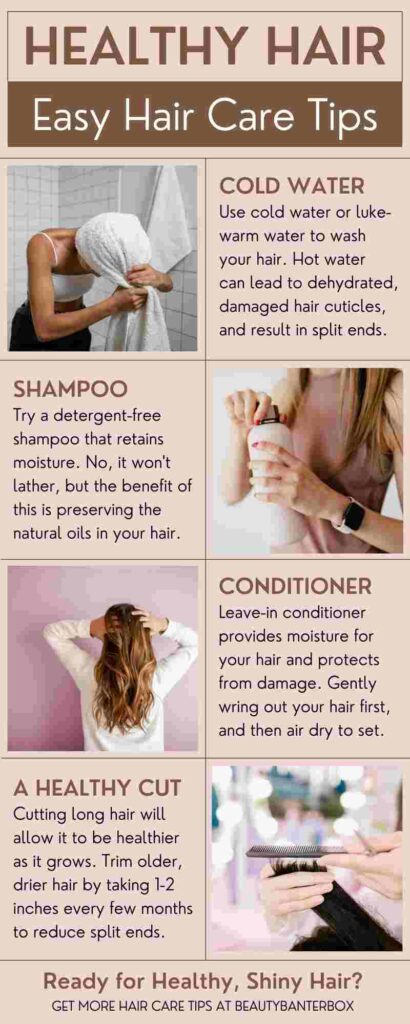
Deep conditioning is a vital step in any hair care routine, especially when it comes to achieving maximum moisture and overall hair health. Regular deep conditioning treatments can provide numerous benefits, including intense hydration, repair of damaged strands, and improved manageability.
Exploring the benefits of deep conditioning treatments
Intense Hydration
Deep conditioning treatments are designed to deliver deep and lasting hydration to your hair. They penetrate the hair shaft, providing moisture to the core, and replenishing dry and brittle strands. This moisture boost helps combat frizz, improves hair elasticity, and enhances overall hair texture.
Damage Repair
Deep conditioning treatments can work wonders in repairing damaged hair. Whether your hair has been subjected to heat styling, chemical treatments, or environmental stressors, deep conditioning helps restore the health and vitality of your strands. It nourishes and strengthens the hair, reducing breakage, split ends, and the appearance of dullness.
Improved Manageability
One of the remarkable benefits of deep conditioning is the improvement in hair manageability. It softens the hair, making it easier to detangle and style. Deep conditioning treatments can also enhance the natural curl pattern, reduce frizz, and promote a smoother and more manageable mane. Knots, Begone! Transform Your Hair with Expert Strategies for Effective Detangling Here.
Enhanced Shine and Luster
Deep conditioning treatments impart a beautiful shine and luster to your hair. By moisturizing and nourishing the strands, they create a protective barrier that reflects light, resulting in a radiant and glossy appearance. Say goodbye to lackluster hair and hello to head-turning shine.
Guiding readers on how to incorporate deep conditioning into their regular hair care routine
Determine the Frequency
The frequency of deep conditioning treatments depends on your hair type, condition, and specific needs. Generally, it is recommended to deep condition once a week for dry or damaged hair, while normal or oily hair may benefit from bi-weekly or monthly treatments. Listen to your hair and adjust the frequency accordingly.
Choose the Right Product
Selecting the right deep conditioning product is crucial for optimal results. Look for products that contain hydrating ingredients such as shea butter, aloe vera, coconut oil, or argan oil. Consider your hair’s unique needs, such as protein-based treatments for strength or moisture-focused formulas for intense hydration.
Preparing for Deep Conditioning
Before applying the deep conditioning treatment, ensure your hair is clean and damp. Shampoo your hair to remove any product buildup or impurities, then gently towel dry to remove excess water. This creates a clean canvas for the deep conditioner to penetrate effectively.
Application Techniques
Apply the deep conditioner evenly throughout your hair, focusing on the mid-lengths and ends where moisture is most needed. Use a wide-tooth comb to distribute the product and detangle your hair. For added penetration and effectiveness, cover your hair with a shower cap or wrap it in a warm towel. This creates a steamy environment that helps the conditioner deeply penetrate the hair shaft.
Treatment Duration
Follow the instructions provided by the product manufacturer for the recommended treatment duration. Generally, deep conditioning treatments should be left on for 15-30 minutes to allow the ingredients to work their magic. You can also opt for overnight deep conditioning treatments for an extra boost of moisture and repair.
Rinse and Style
After the designated treatment time, thoroughly rinse out the deep conditioner with lukewarm water. Follow up with a cool water rinse to seal the hair cuticles and enhance shine. Proceed with your regular styling routine, and enjoy the results of your deeply conditioned, moisturized, and nourished locks.
Weather Woes: Adjusting Moisture Levels According to Climate
Weather plays a significant role in the health and appearance of our hair. Just as our skin reacts to different climates, our hair also requires special attention and care to maintain optimal moisture levels. Whether it’s dry and arid or humid and tropical, understanding the impact of climate on our hair’s moisture needs is crucial.
Discussing the impact of climate on hair moisture needs
Dry and Arid Climates
In dry and arid climates, such as deserts or regions with low humidity, the air lacks moisture, which can lead to hair dehydration. The dry air tends to absorb moisture from the hair, leaving it brittle, frizzy, and prone to breakage. Hair in these climates requires extra hydration and protection to combat moisture loss.
Dry and Arid Climates
Shampoos
Humid and Tropical Climates
Conditioners
Humid and Tropical Climates
Humid and tropical climates are characterized by high humidity levels, which can lead to excessive moisture absorption by the hair. The excess moisture can cause frizz, limpness, and difficulty in maintaining hairstyles. In such climates, it’s essential to balance moisture levels and prevent excessive humidity from weighing down the hair.
Providing tips on adapting hair care routines for different weather conditions
Dry and Arid Climates
a. Hydration is Key: Focus on using moisturizing shampoos and conditioners that provide deep hydration and nourishment to combat dryness. Look for products containing ingredients like glycerin, shea butter, or argan oil.
b. Protective Styles: Opt for protective styles that minimize exposure to dry air. Braids, twists, buns, or updos can help shield your hair from environmental elements and reduce moisture loss.
c. Seal in Moisture: After applying your moisturizing products, use a lightweight oil or serum to seal the moisture into your hair. This creates a barrier against the dry air and helps retain moisture for longer periods.
Humid and Tropical Climates
a. Lightweight Hydration: Choose lightweight, water-based moisturizers and conditioners to provide hydration without weighing down the hair. Look for products with humectants like aloe vera or hyaluronic acid that attract moisture from the air and lock it into your strands.
b. Anti-Frizz Products: Use anti-frizz serums, creams, or gels that contain ingredients like silicone or argan oil to control frizz and maintain hair manageability in humid conditions. These products create a protective barrier and help combat the effects of excessive humidity.
c. Avoid Heavy Styling Products: Minimize the use of heavy styling products, such as waxes or pomades, as they can contribute to product buildup and make the hair feel greasy in humid climates. Opt for lightweight styling alternatives that won’t weigh down your locks.
d. Embrace Humidity-Friendly Styles: Experiment with hairstyles that embrace the natural texture of your hair. Loose waves, braids, buns, or ponytails can help control frizz while still allowing airflow and moisture circulation.
Remember, every individual’s hair is unique, so it’s essential to observe how your hair responds to different climates and adjust your routine accordingly. Regularly assess your hair’s moisture needs and make necessary changes to keep your locks healthy and hydrated.
Protective Styling: Balancing Style and Hair Health
Discover the transformative power of protective styling, a hair care practice that combines fashion-forward looks with nurturing hair health. Explore the concept of protective styling, its numerous benefits for promoting hair growth and minimizing damage, and popular techniques that allow you to achieve both style and protection.
Understanding Protective Styling
What is Protective Styling?
Protective styling refers to a range of hairstyles that shield your hair from environmental stressors and manipulation, minimizing damage and promoting optimal hair health. These styles involve tucking your ends away and keeping your hair protected, reducing exposure to factors that can lead to breakage and other forms of hair damage. By implementing protective styles, you create a nurturing environment for your hair to thrive.
Benefits of Protective Styling
Promotes Hair Growth and Retention
Protective styling is known for its ability to promote hair growth and retention. By keeping your ends tucked away and reducing manipulation, you minimize the risk of breakage, allowing your hair to retain length and achieve healthier growth over time.
Reduces Breakage and Split Ends
One of the significant advantages of protective styling is its ability to reduce breakage and minimize split ends. When your hair is protected in a well-executed style, it is less prone to friction, manipulation, and external damage, resulting in stronger, healthier strands.
Provides Versatility and Convenience
Protective styling offers a wide range of versatile and convenient options for every hair type and texture. From braids to twists, buns to wigs, you can choose styles that suit your preferences and lifestyle. These styles are often low-maintenance, allowing you to enjoy extended wear without compromising style or hair health.
Popular Protective Styling Techniques
Box Braids: Versatile and Low Maintenance
Box braids are a classic protective style that involves sectioning the hair and braiding it with synthetic or natural hair extensions. This technique provides versatility, as you can experiment with different lengths, thicknesses, and even colors. Box braids require minimal maintenance and provide long-lasting protection, making them a popular choice for many.
Twists and Twists Outs: Defined and Elegant
Twists and twist-outs are beloved protective styles that offer defined curls or waves. Twists involve two strands of hair twisted together, while twist-outs are achieved by unraveling the twists once they are dry. This technique is excellent for retaining moisture and showcasing your natural texture, giving you an elegant and versatile look.
Buns and Updos: Chic and Protective
Buns and updos are timeless protective styles that keep your hair neatly secured. From sleek high buns to intricate updos, these styles offer a chic and sophisticated appearance while protecting your hair from daily manipulation and external factors. They are suitable for both casual and formal occasions.
Wigs and Weaves: Temporary Transformations
Wigs and weaves provide a temporary and transformative approach to protective styling. They offer endless possibilities, allowing you to experiment with various hairstyles, colors, and lengths without altering your natural hair. Wigs and weaves provide a break from daily styling and offer protection, giving your hair a chance to rest and rejuvenate.
Elevate Your Hair Care Routine
Explore our collection of Popular Protective Styling Tools
Striking the Balance: Style and Hair Health
Achieving stunning hairstyles while maintaining the health of your hair is the ultimate goal. Let’s explore the delicate balance between style and hair health, focusing on the importance of choosing the right protective style for your hair type, preparing your hair adequately, maintaining its health during styling, and monitoring the duration of protective styles.
Choosing the Right Protective Style for Your Hair Type
Understanding Your Hair Texture and Porosity
Understanding your hair texture and porosity is essential in choosing the right protective style. Different hair types have varying needs and react differently to specific styles. Whether your hair is straight, wavy, curly, or coily, understanding its unique characteristics will guide you in selecting a protective style that complements and nurtures your hair.
Considering Length and Thickness
When choosing a protective style, it’s crucial to consider the length and thickness of your hair. Some styles may work better for shorter hair, while others are more suitable for longer lengths. Additionally, the thickness of your hair plays a role in determining the level of maintenance and the type of style that will work best for you. You can also Revamp Your Look with These Stylish7 Short Haircut Trends.
Preparing Your Hair for Protective Styling
Cleansing and Detangling
Properly cleansing and detangling your hair before protective styling is vital for maintaining hair health. Cleanse your hair to remove any product build-up, dirt, or debris. Gently detangle your hair using a wide-toothed comb or your fingers to minimize breakage and ensure an even distribution of moisture and products throughout your strands.
Deep Conditioning and Moisturizing
Deep conditioning and moisturizing your hair before protective styling provide essential hydration and nourishment. Use a moisturizing deep conditioner to replenish moisture and strengthen your hair. Apply a leave-in conditioner or moisturizer to keep your hair hydrated and protected throughout the styling process.
Maintaining Hair Health during Protective Styling
Proper Scalp Care and Hygiene
Maintaining a healthy scalp is crucial during protective styling. Keep your scalp clean by using a gentle cleanser or a diluted apple cider vinegar rinse. Avoid excessive scratching or tension on your scalp to prevent irritation or damage. Regularly moisturize your scalp to prevent dryness and flakiness.
Moisture Retention Techniques
Moisture retention is key to maintaining hair health during protective styling. Use a lightweight moisturizer or hair oil to seal in moisture and prevent dryness. Consider the L.O.C. (liquid, oil, cream) or L.C.O. (liquid, cream, oil) method to maximize moisture retention. Cover your hair with a satin or silk scarf or use a satin or silk pillowcase to reduce friction and maintain moisture.
Protecting Edges and Hairlines
Your edges and hairline are delicate and require special attention during protective styling. Avoid tight hairstyles that can cause tension and lead to thinning or breakage. Use edge control products or satin scarves to protect and preserve your edges. Incorporate gentle techniques when styling or manipulating the hairline area.
Monitoring the Duration of Protective Styles
Avoiding Excessive Tension and Stress
Properly monitoring the duration of your protective style is crucial to prevent excessive tension and stress on your hair. Extended wear or repeated styling can lead to breakage and damage. Avoid keeping styles for too long and give your hair regular breaks to rest and recover.
Preventing Product Build-up and Hair Damage
Product build-up can occur during protective styling and lead to clogged hair follicles and potential damage. Regularly cleanse your scalp and hair to remove product residue. Avoid using heavy or greasy products that can weigh down your hair and cause build-up. Opt for lightweight, water-based products that won’t clog your pores.
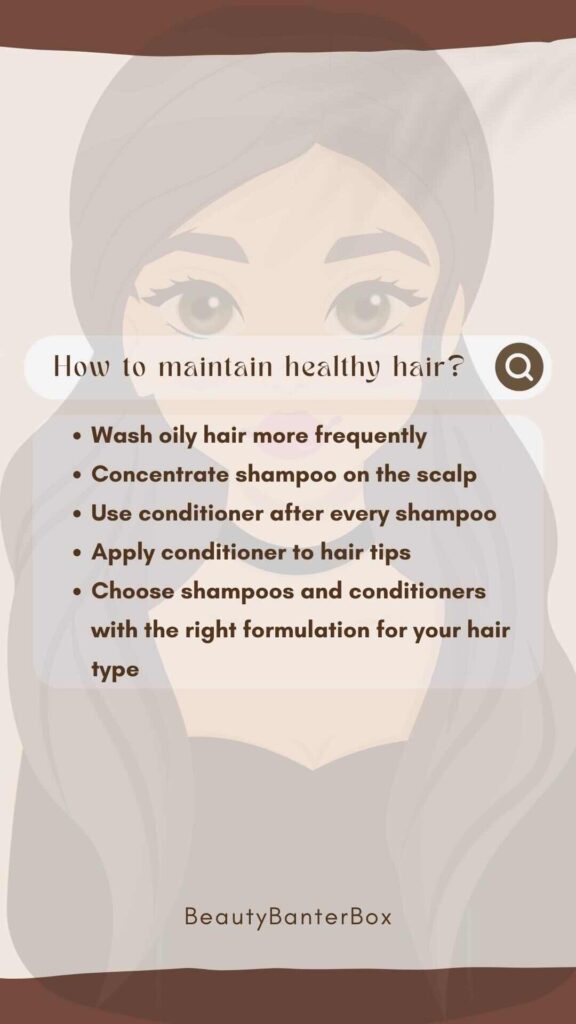
Gentle Handling and Detangling: Minimizing Damage during Manipulation
Understanding Gentle Hair Handling
Gentle hair handling is a crucial aspect of hair care that often goes overlooked. By adopting gentle techniques and utilizing the right tools, you can minimize breakage, preserve the elasticity and strength of your hair, and promote its overall health.
Why Gentle Handling Matters
Minimizing Breakage and Damage
Gentle hair handling plays a vital role in minimizing breakage and damage. When hair is subjected to harsh pulling, tugging, or excessive force, it can lead to breakage and weaken the strands. By adopting gentle techniques, you can reduce the risk of breakage and maintain the overall health and length of your hair.
Preserving Hair Elasticity and Strength
Gentle handling helps preserve the elasticity and strength of your hair. When hair is handled roughly, it can cause stress on the strands, leading to weakened elasticity and increased vulnerability to damage. Gentle manipulation allows your hair to retain its natural resilience, reducing the likelihood of breakage and promoting healthy hair growth.
Tools for Gentle Hair Handling
Maintaining the health and integrity of your hair begins with gentle handling. We will explore a range of tools and techniques that promote gentle hair manipulation, minimizing breakage and damage. From wide-toothed combs to seamless hair ties and satin/silk accessories, we will delve into the essentials of gentle hair handling.
Wide-Toothed Combs: The Gentle Detangling Essential
Wide-toothed combs are an indispensable tool for gentle detangling. With their widely spaced teeth, these combs glide through your hair, reducing the risk of breakage and minimizing tugging. We will discuss the benefits of wide-toothed combs, tips for effective detangling, and how to incorporate them into your hair care routine.
Seamless Hair Ties: Avoiding Snags and Breakage
Seamless hair ties are a game-changer when it comes to preventing snags and breakage. Unlike traditional elastic bands, seamless hair ties lack metal fasteners or seams that can snag and damage your hair. We will explore the advantages of seamless hair ties, tips for using them, and how to avoid hair tie-related damage.
Satin or Silk Scarves and Pillowcases: Reducing Friction
Satin or silk scarves and pillowcases are essential accessories for minimizing friction and protecting your hair during sleep. Their smooth and soft texture reduces friction between your hair strands and the fabric, preventing tangles and breakage. We will discuss the benefits of satin or silk accessories, tips for incorporating them into your nighttime routine, and how they contribute to maintaining healthy hair.
Proper Techniques for Gentle Hair Manipulation

Finger Detangling: A Delicate Approach
Finger detangling is a gentle technique that allows you to remove knots and tangles using only your fingers. This method minimizes the use of tools and reduces the risk of breakage. We will explore the benefits of finger detangling, step-by-step instructions, and tips for effectively incorporating this technique into your hair care routine.
Sectioning Hair: Simplifying Detangling Process
Sectioning your hair is a valuable technique that simplifies the detangling process and minimizes stress on your strands. By dividing your hair into manageable sections, you can focus on detangling one section at a time, reducing tugging and breakage. We will discuss the advantages of sectioning hair, techniques for creating sections, and how it contributes to gentle hair handling.
Patience and Time: Key Factors in Gentle Handling
Patience and time are vital factors in achieving gentle hair handling. Rushing through the detangling and styling process can lead to increased tension and damage. We will emphasize the importance of being patient, allowing ample time for each step, and how these factors contribute to maintaining healthy, luscious locks.
Effective Detangling Methods
Detangling can be a daunting task, but with the right techniques and approach, it can become a manageable and even enjoyable part of your hair care routine. In this article, we will explore effective detangling methods that prioritize the health and integrity of your hair. From preparing your hair for detangling to minimizing damage and tailoring the process to different hair types, we will guide you through the steps to achieve smooth, tangle-free locks.
Preparing Hair for Detangling
Moisturizing and Conditioning: Essential for Slip
Properly moisturizing and conditioning your hair is essential for creating a slip and facilitating the detangling process. We will discuss the importance of moisture in reducing friction, tips for choosing moisturizing products, and how to incorporate them into your routine to maximize slip and make detangling easier.
Using Detangling Products: Making the Process Easier
Detangling products can be a game-changer when it comes to easing the detangling process. We will explore different types of detangling products, such as leave-in conditioners, detangling sprays, and oils, and their benefits in providing extra slip and minimizing breakage. You will learn how to select the right products for your hair type and incorporate them into your detangling routine effectively.
Techniques for Minimizing Detangling Damage
Start from the Ends: Working Your Way Up
Starting the detangling process from the ends and working your way up is crucial in minimizing damage. We will discuss the importance of this technique, how it reduces breakage and tugging, and step-by-step instructions on how to properly detangle from the ends to the roots.
Use Small Sections: Reducing Tension and Breakage
Dividing your hair into smaller sections is an effective technique for reducing tension and breakage during detangling. We will explore the benefits of working with small sections, provide tips on sectioning your hair, and explain how this approach allows for better control and gentler manipulation.
Detangle When Hair is Damp: Easier and Less Stressful
Detangling your hair when it is damp, rather than wet or dry, can make the process easier and less stressful. We will explain why detangling damp hair is beneficial, share tips on how to achieve the ideal level of dampness and discuss the tools and techniques that work best for detangling in this state.

Detangling Different Hair Types
Detangling Straight Hair: Being Cautious with Fragility
Detangling straight hair requires special care due to its fragility. We will provide tips on detangling straight hair gently, avoiding excessive pulling or combing, and incorporating protective measures to prevent damage.
Detangling Curly Hair: Embracing the Curls and Coils
Curly hair requires a unique approach to detangling that embraces and enhances the natural curls and coils. We will discuss techniques such as finger detangling, using wide-toothed combs or detangling brushes, and the importance of maintaining moisture and definition while detangling curly hair.
Detangling Coily Hair: Patience and Care for Tight Curls
Detangling coily hair, with its tight curls and coils, requires patience and meticulous care. We will explore the benefits of finger detangling, using specialized tools like a denman brush or a detangling comb with widely spaced teeth, and the significance of deep conditioning and moisturizing in maintaining healthy, detangled coily hair.
Conclusion
In conclusion, preventing natural hair breakage requires a comprehensive approach that encompasses various aspects of hair care. By understanding the causes and impact of hair breakage, establishing a healthy hair care routine, incorporating protective styling, regular trimming, and choosing the right products, you can promote stronger, healthier strands. Additionally, gentle handling and effective detangling methods play a crucial role in minimizing damage during manipulation. With these tips and strategies, you can maintain the balance between style and hair health, achieving fabulous and resilient locks. Remember, consistency and patience are key in nurturing and preserving the beauty of your natural hair.

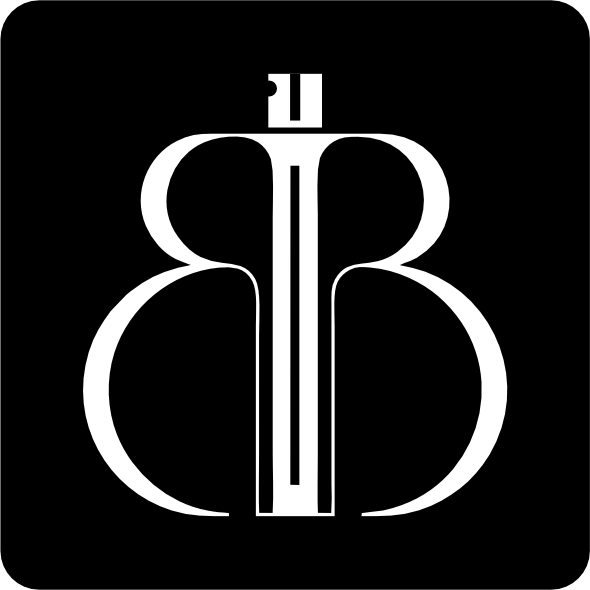
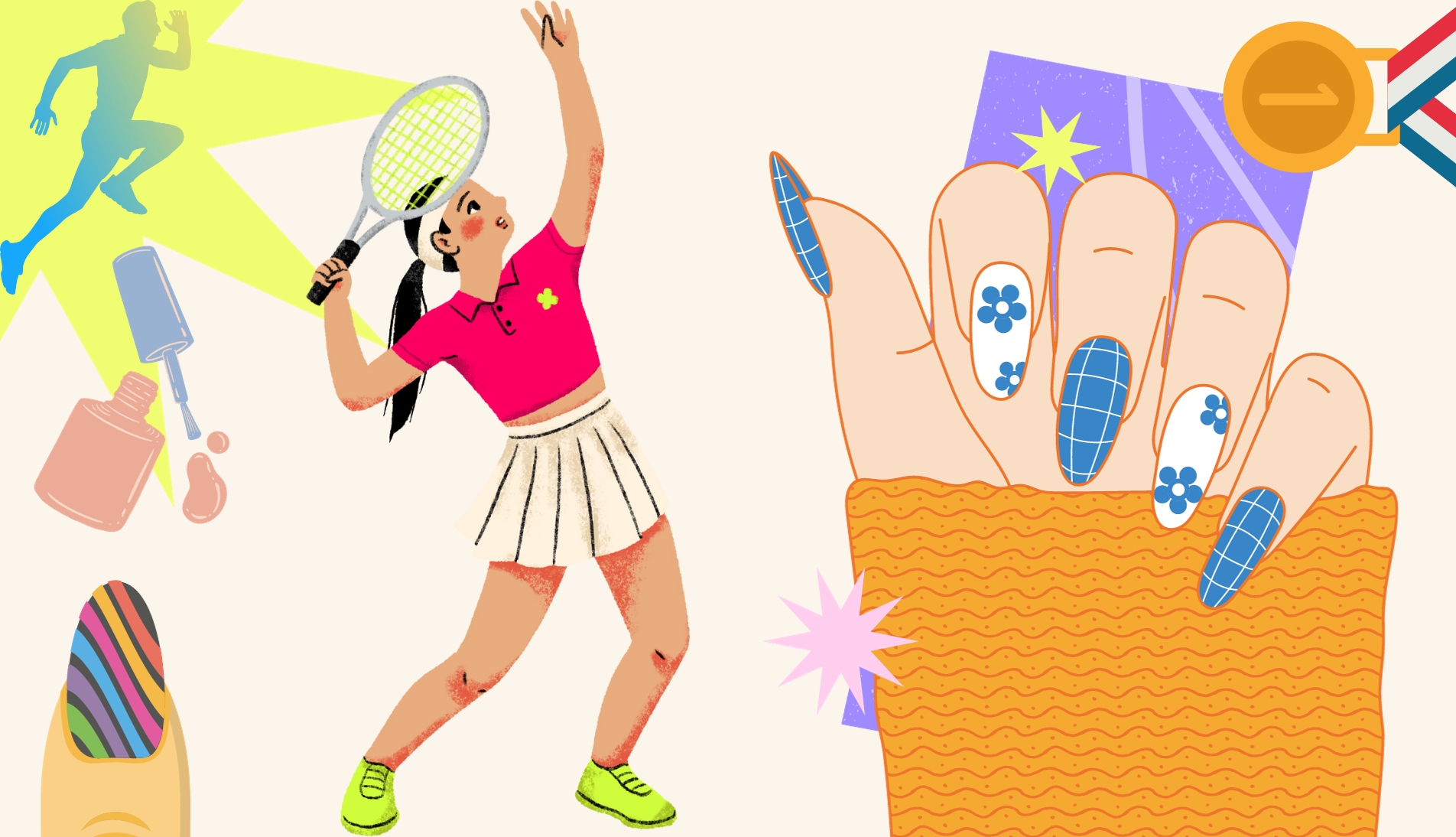
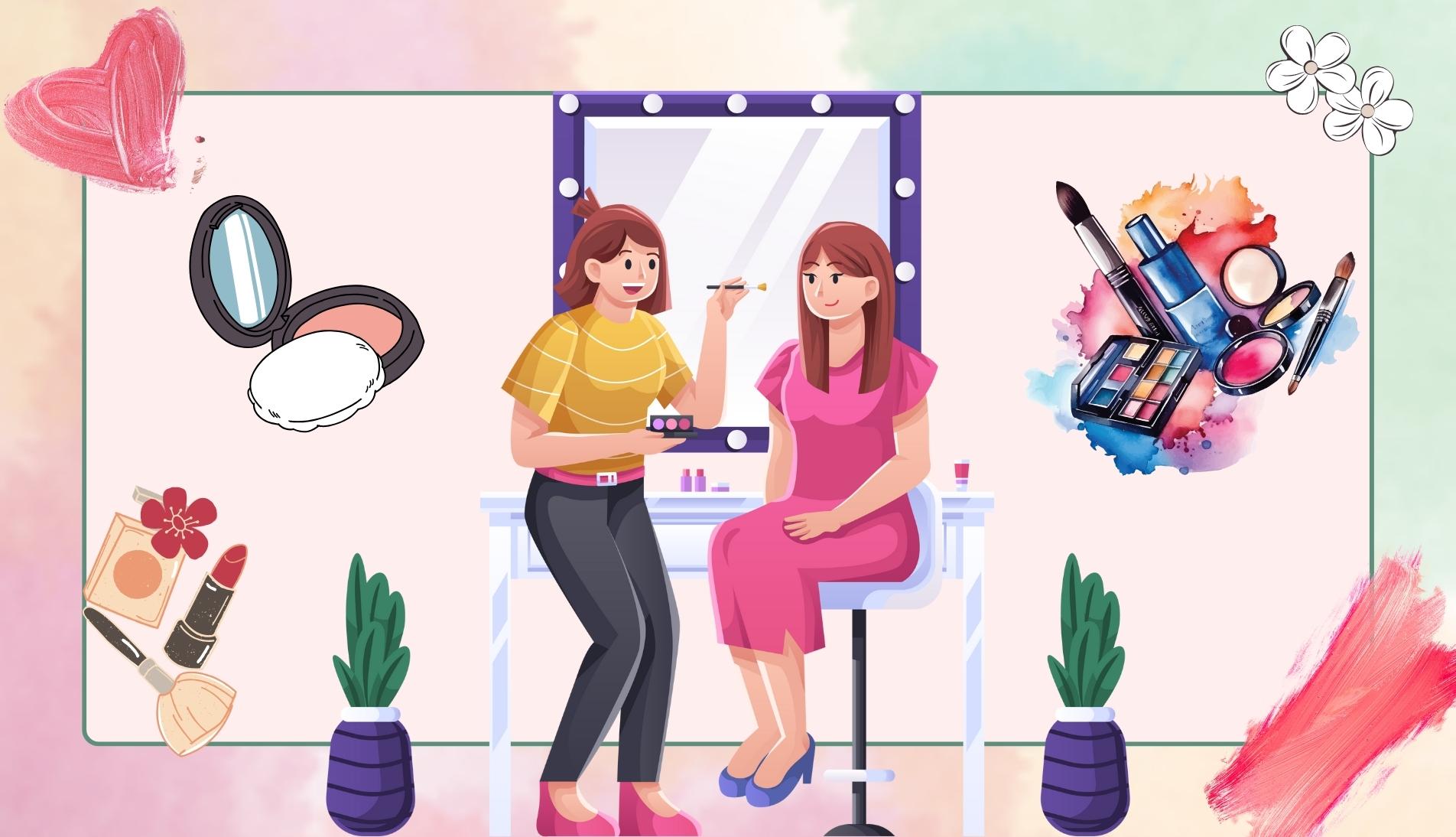
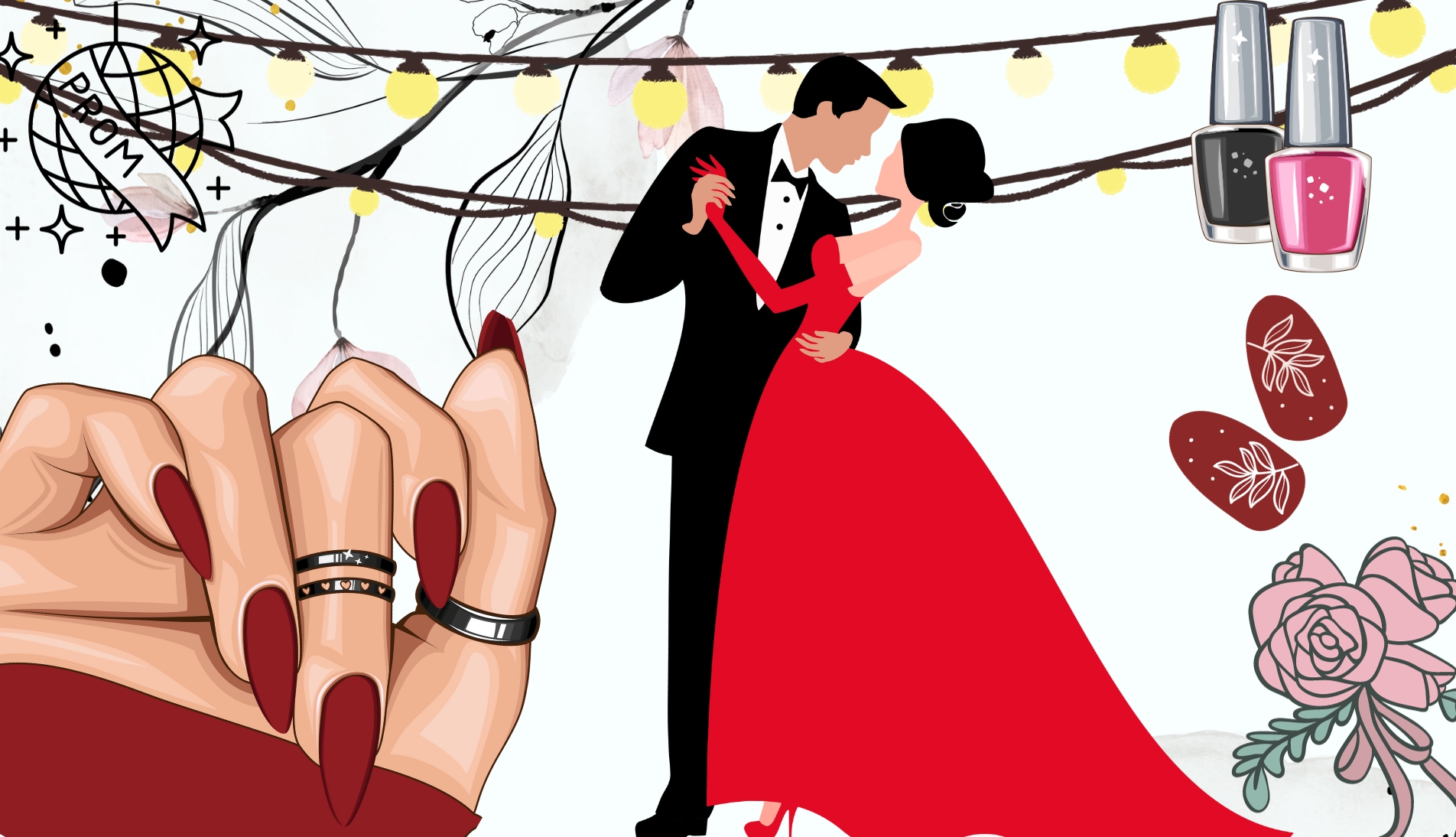
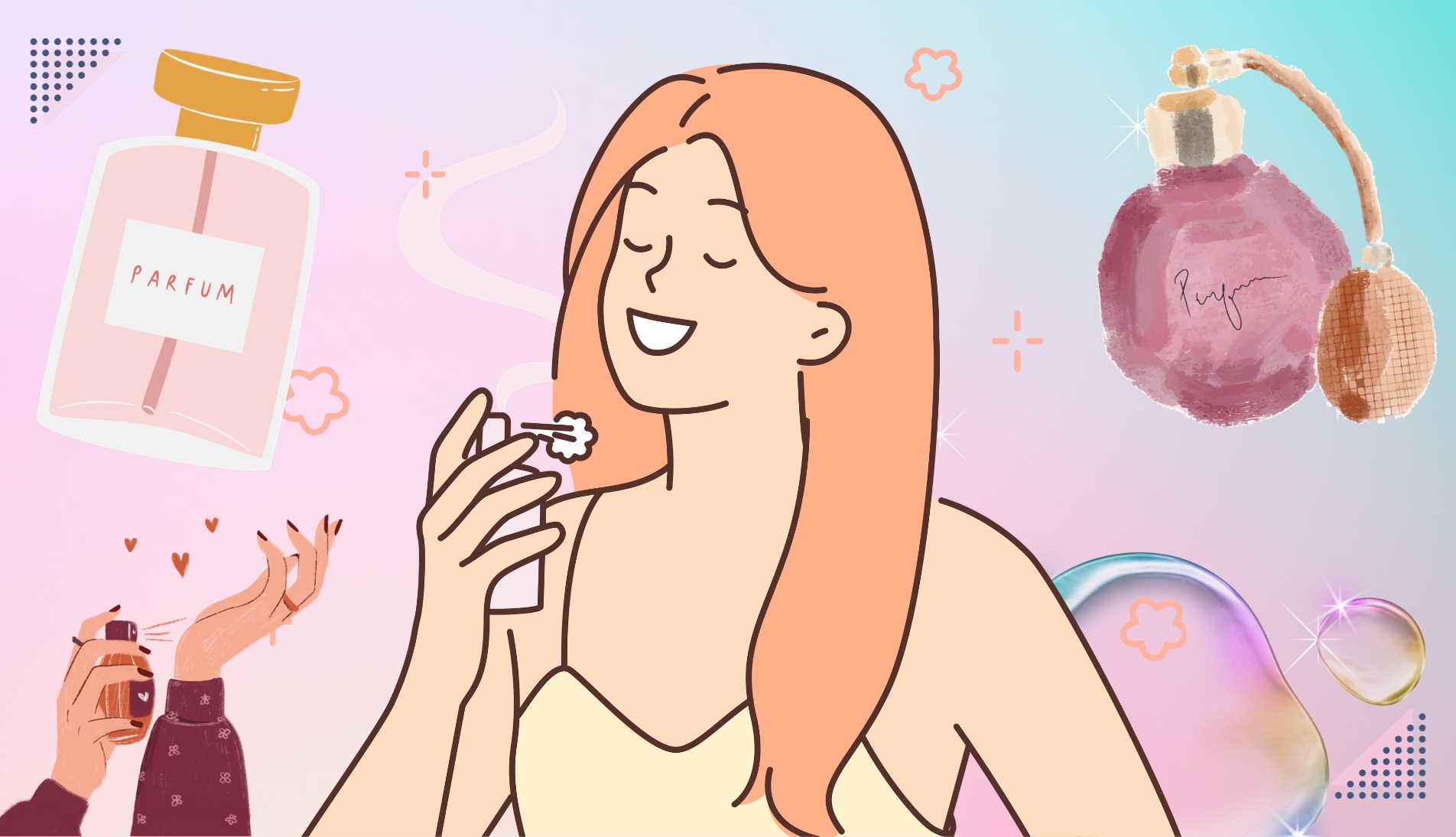
Amazing!! Finally got the best solution for my hair….